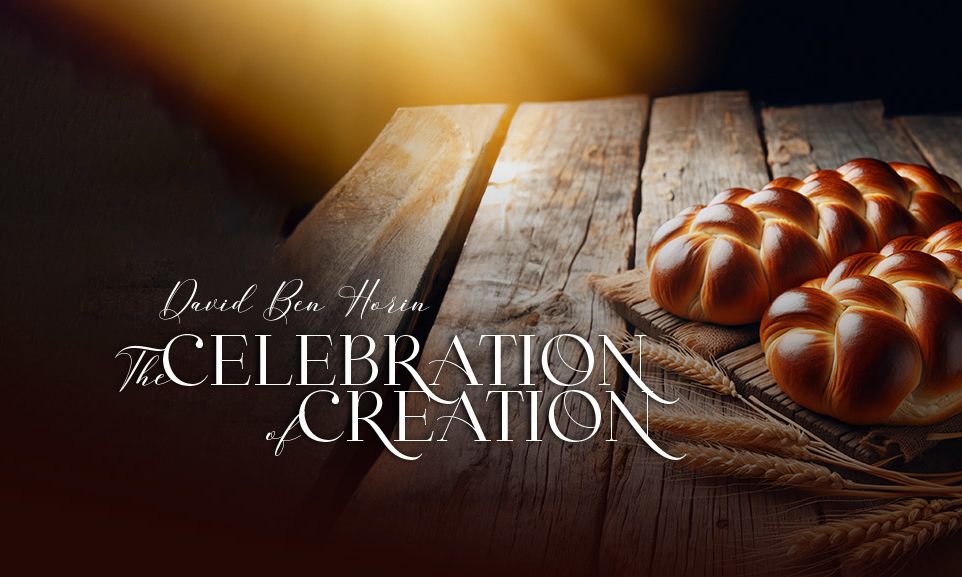
The Celebration of Creation
A seed turns into a stalk of wheat, a wheat kernel into flour, and finally the flour into Shabbat challah - a journey that reflects partnership with the Divine, celebration of creation, and eternal gratitude to Hashem!

Bread and Blessings: The Significance of Challah
Explore the rich symbolism behind challah, embarking on its journey from its origins as a sprout in a field to its final destination on our Shabbat table. Experience the spiritual significance of this labor-intensive process, reflecting gratitude, partnership with the Divine, and the celebration of creation.
Sacred Harvest: The Divine Blueprint of Wheat
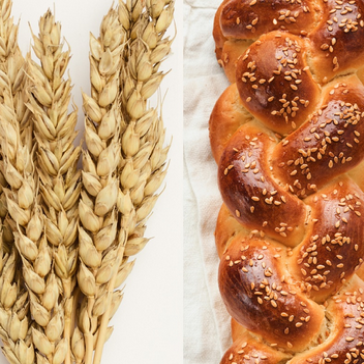
Have you ever noticed the striking resemblance between a fully ripened chaff of wheat, teeming with seeds, and a beautifully braided challah? The parallels are profound.
Consider for a moment the humble stalk of wheat, a marvel of engineering crafted by the Master Creator. It begins with Hashem’s gentle provision of water upon the earth. Each droplet, carefully guided, embarks on a 15-minute journey from the heavens to the awaiting fields, no droplet ever colliding with another. If they were to converge, their impact upon the earth could be as devastating as a miniature asteroid.
Upon reaching the soil, these droplets are absorbed. Sprouting forth as delicate blades of grass, the fields are soon transformed into a verdant expanse of lush green. Each stalk bears two slender leaves, their form purposefully designed. With narrow tops and widening bases, these leaves serve as catchers, collecting rainwater that cascades down their water-resistant surfaces.
As raindrops gracefully descend, they glide along the blades, ultimately finding their way to the heart of the stalk – a hollow, vertical cylinder. Here, the water gathers, sustaining the wheat’s growth for six weeks. Meanwhile, the chaff begins to emerge, nestled atop the cylinder alongside the grass-like leaves, sporting up to 50 wheat kernels.
God encases every single kernel with a protective shell to safeguard it from the elements. After six weeks of tender care, the stalk reaches maturity. Its vibrant green hue transforms into a rich, golden brown. Bathed in the sun’s warmth for three months, it takes on the appearance of freshly baked challah, emerging from the oven with its golden glow.
In this intricate process, we find a tapestry of God’s wisdom woven into the very fabric of nature itself.
The Divine Mandate: Transforming Wheat into Bread
Now, the responsibility transitions from the Divine Will to humanity’s hands.
We harvest the stalks, be it one or billions, and meticulously separate the seeds from the stems through a series of tasks.
Next, we embark on another process to remove the seeds from their protective husks. Once this is completed, we grind the seeds, initially as hard as rock, into a fine flour.
Today, aided by machines, we undertake these tasks with relative ease. Imagine the immense effort that our forefathers in the desert and in King David’s Israel expended to produce bread.
Following the transformation of seeds into flour, we combine it with water, yeast, and salt, allowing the mixture to ferment and rise. For an added luster, some opt to brush the dough with raw egg.
The art of making challah illustrates labor-intensive craftsmanship, serving as an allegory for how we earn our sustenance.
The toil invested in bread-making surpasses that of almost any other endeavor.
It begs the questions: Why is the longest blessing for food over bread? In the Torah, the only prayer God directly commands us to recite is over bread – why?
The Spiritual Symphony of Wheat and Challah
Shabbat is the celebration of creation, serving as a poignant reminder that Hashem brought forth the earth and everything in it.
The significance of challah resonates deeply with the manna bestowed upon us in the desert. There, Hashem would blanket the land with dew, upon which He would place the manna, covering it once again with another layer of dew. Each day, we received a single portion. On Erev Shabbat, we were blessed with two portions.
Nowadays, we present our challah on the Shabbat table to represent Hashem’s miraculous gift. We bake two loaves, honoring the double blessing of Shabbat. Just as the manna rested on its own tray of heavenly dew, we place our loaves atop the tablecloth. To symbolize the covering Hashem provided for our daily bread, we drape a covering on top of the challah.
Regardless of our endeavors throughout the week, Shabbat beckons us to pause and acknowledge that everything comes from Hashem. Even what we produce stems from His benevolence.
Challah mirrors the wheat chaff. It is a symbol of our national identity and eternal partnership with God. He creates the earth, and we fulfill His creation by performing the mitzvot that He created the earth for.
The Objection of the Nations
In Tractate Brachot, an intriguing argument is presented concerning God’s impartiality. The angels question, “If You are God Who shows no favoritism, how can You show favor to Israel? Are You not contradicting Your own laws?”
Hashem’s response is profound: “I command My children to eat, be satisfied, and bless Me (Deuteronomy 8:10). They don’t bless Me merely when they are full, but even after consuming a mere olive-sized morsel of bread. They take the extra step to bless Me, and in turn, I bless them even for the smallest merit.”
Delving deeper into the symbolism, we find the word for “table” in Hebrew is “Shulchan,” derived from the root word “Selach,” meaning “to send.”
Why, then, do we refer to our table as something that “sends”? It is because our table, where we eat our challah, is the conduit through which God sends His blessings to us.
**
David Ben Horin lives in Afula with his family, millions of sunflowers, and Matilda, our local camel. David‘s Israeli startup, 300 Marketing Solutions, is a lean marketing agency for startups and small businesses that creates and promotes SEO-optimized ROI-driven to the right audience on LinkedIn to make your business the star of the show.



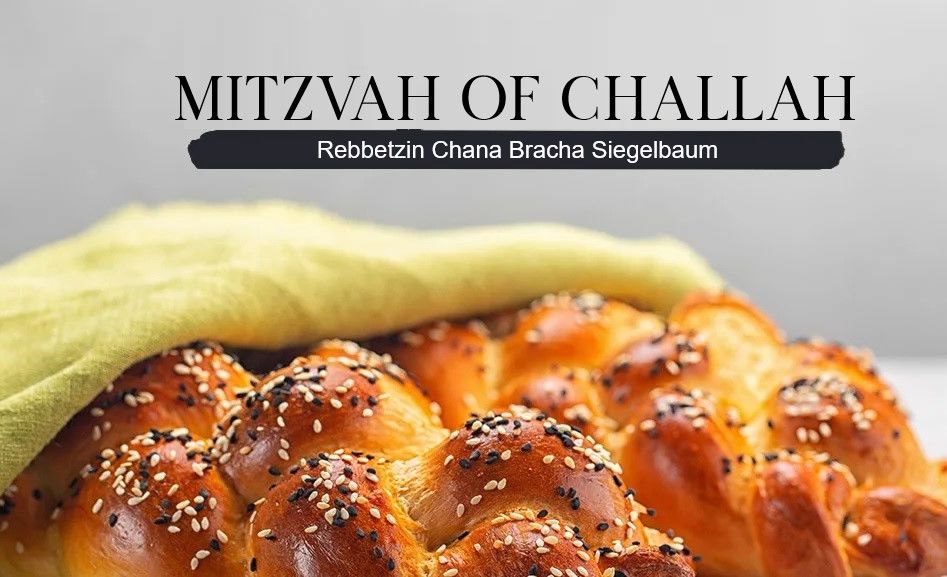
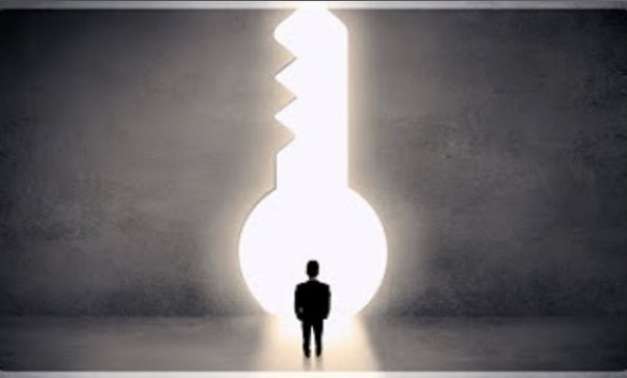
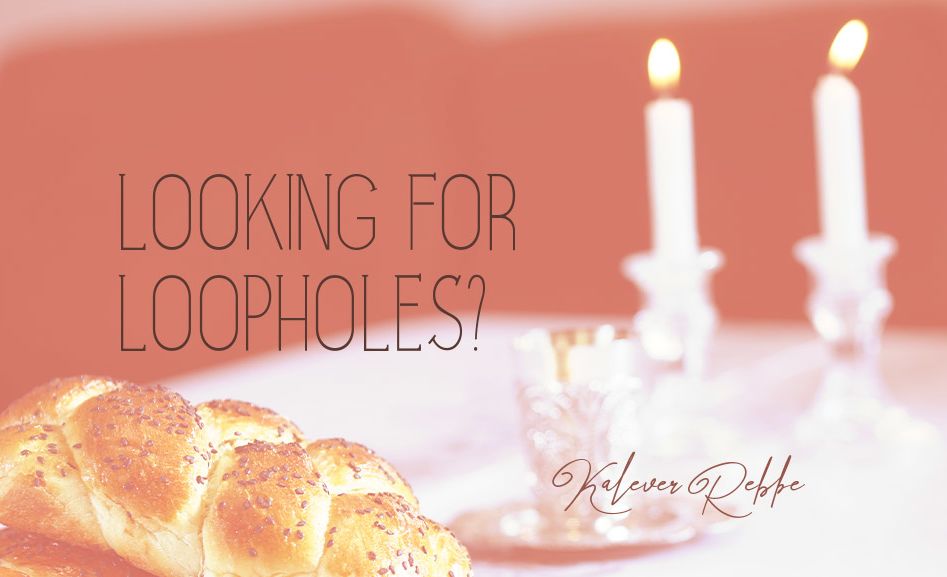

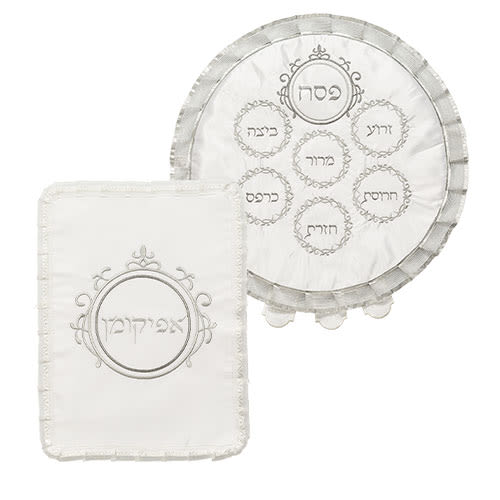
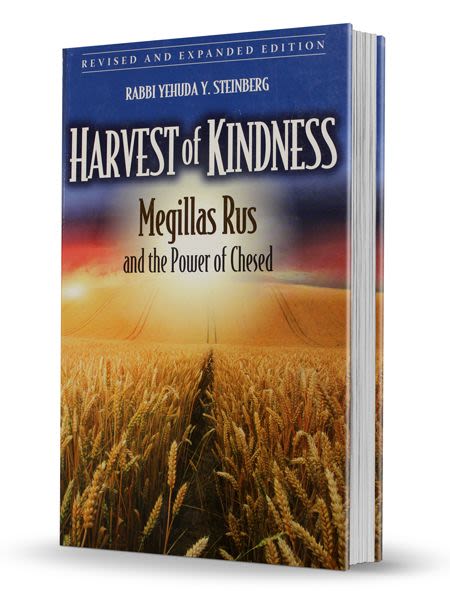
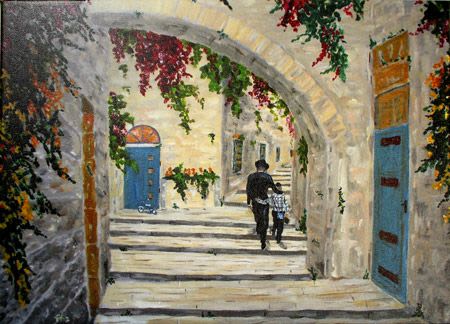
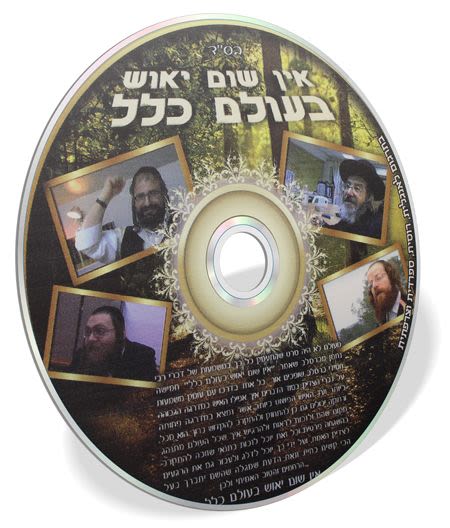
Tell us what you think!
Thank you for your comment!
It will be published after approval by the Editor.